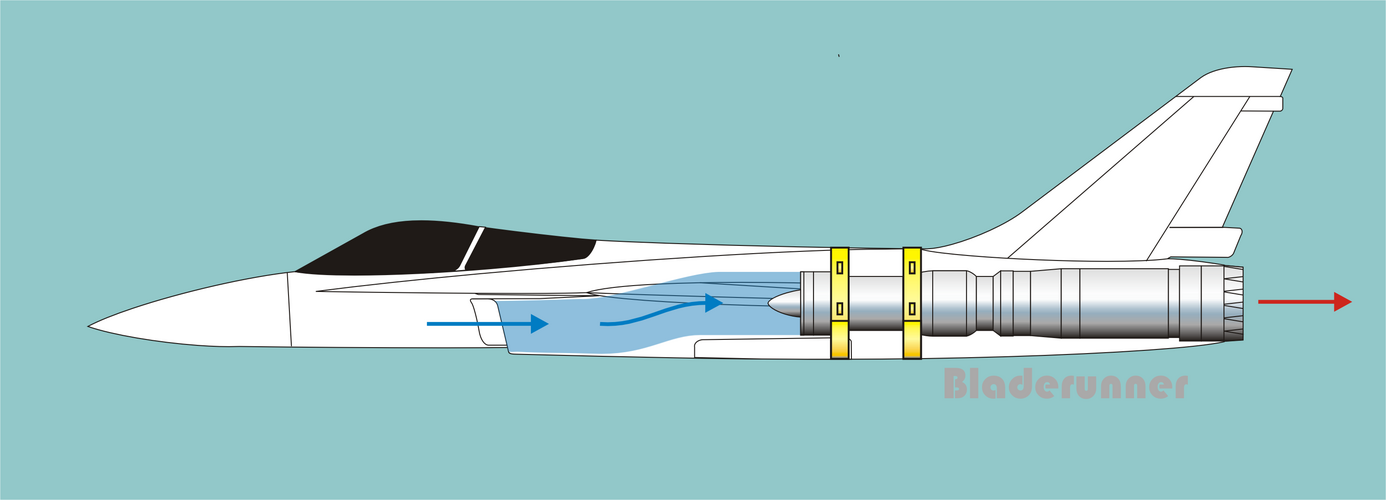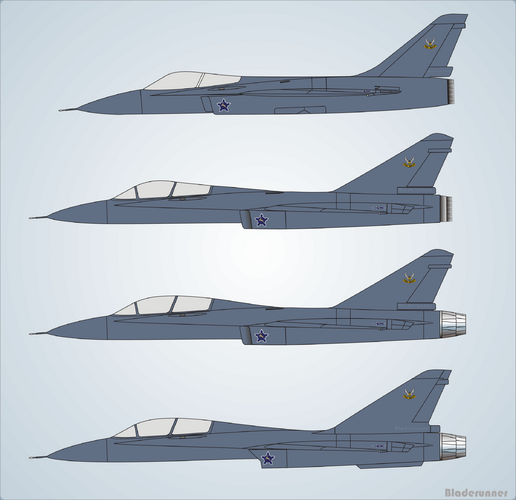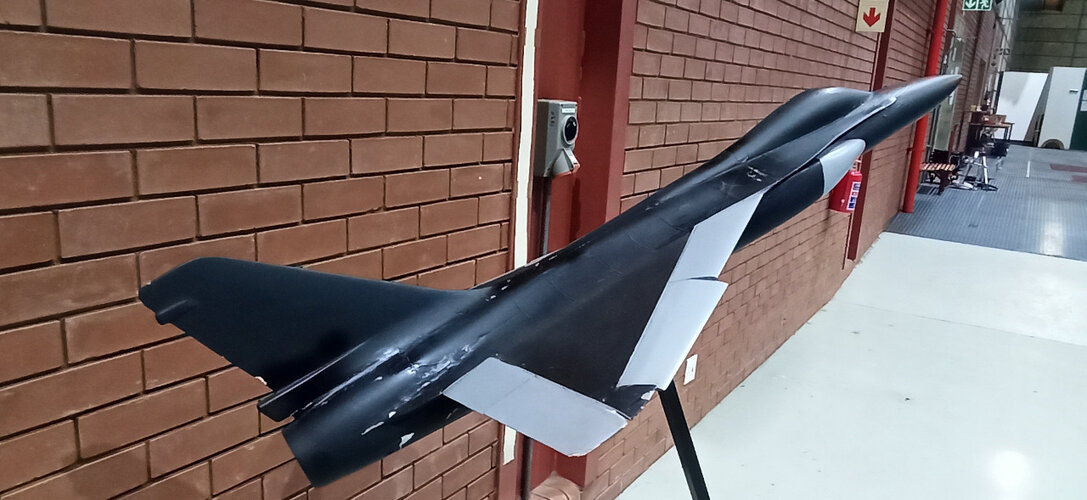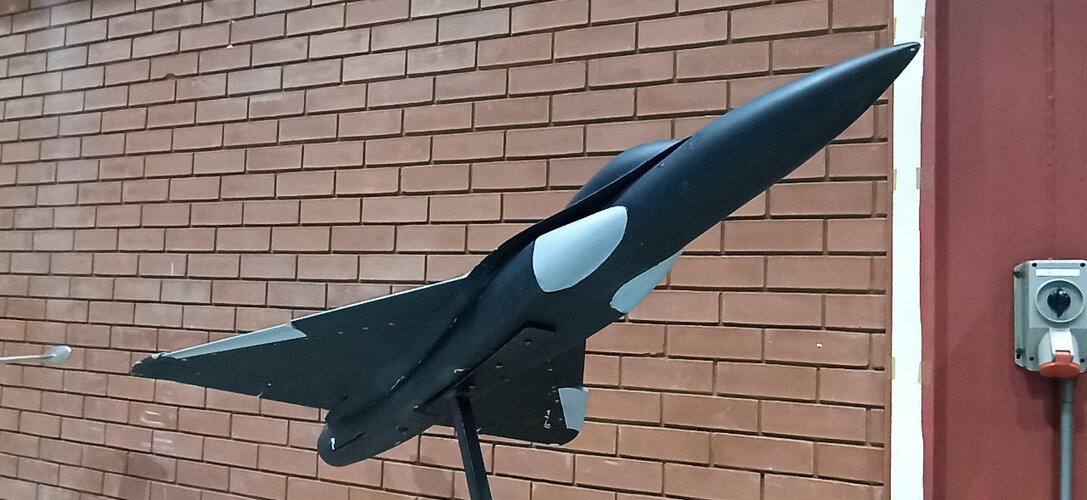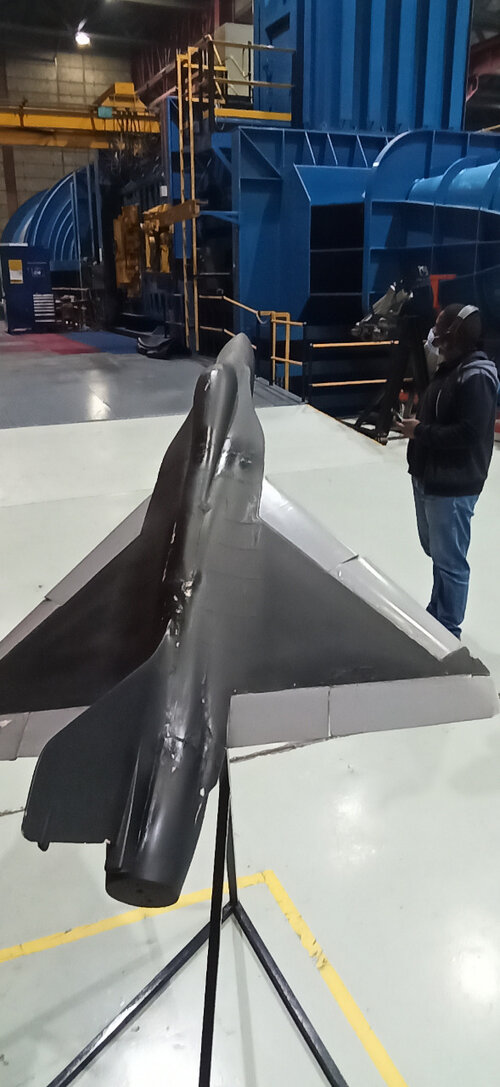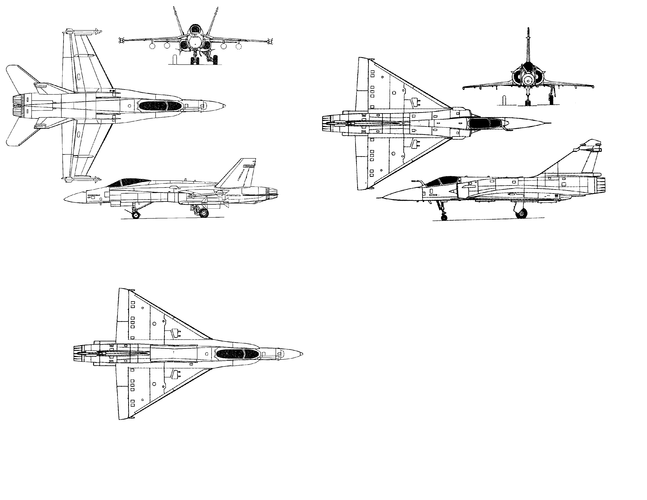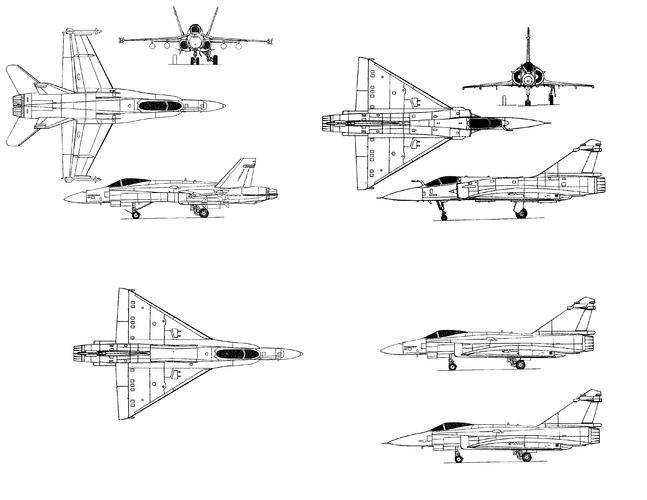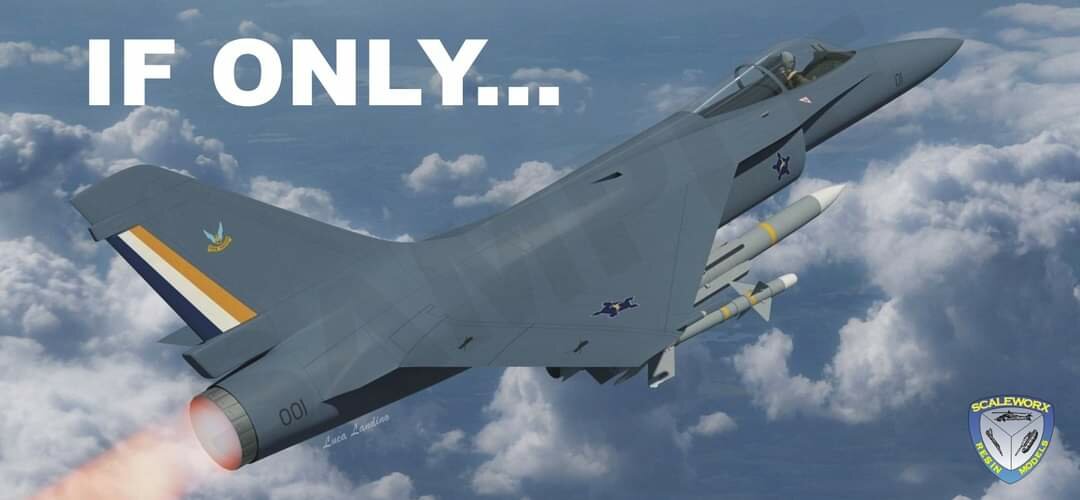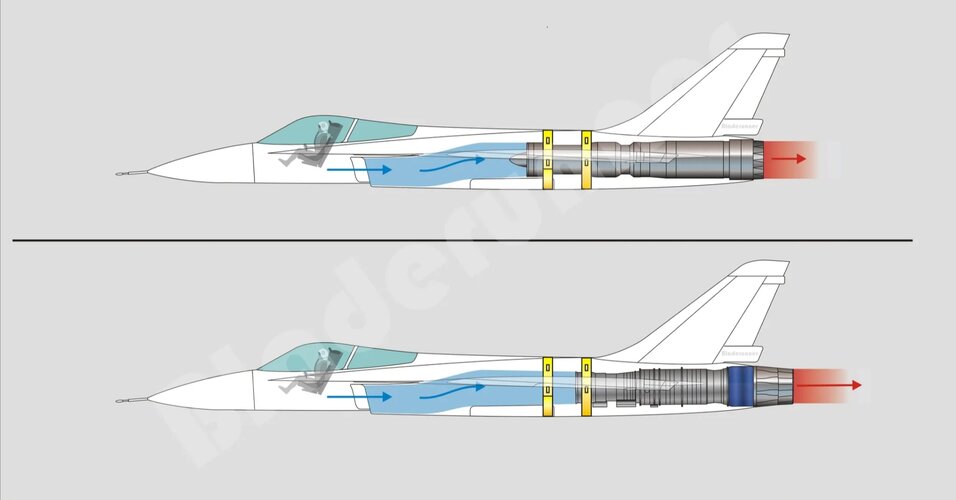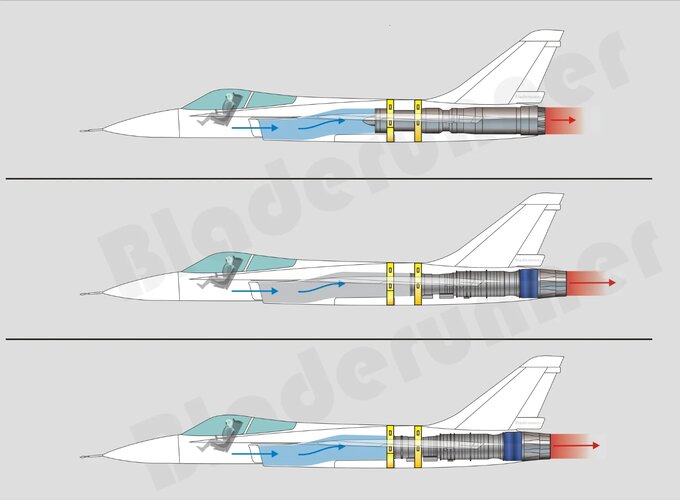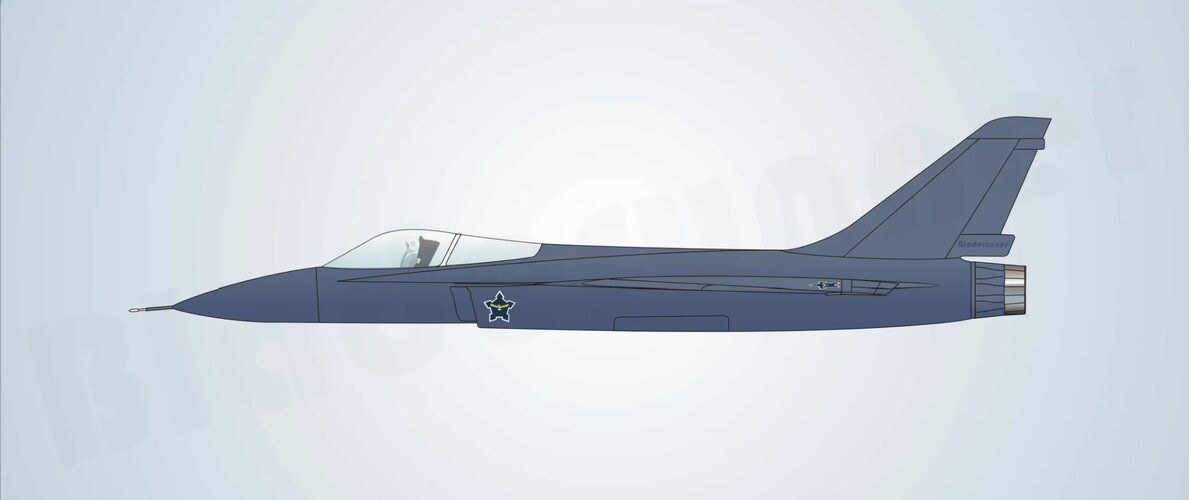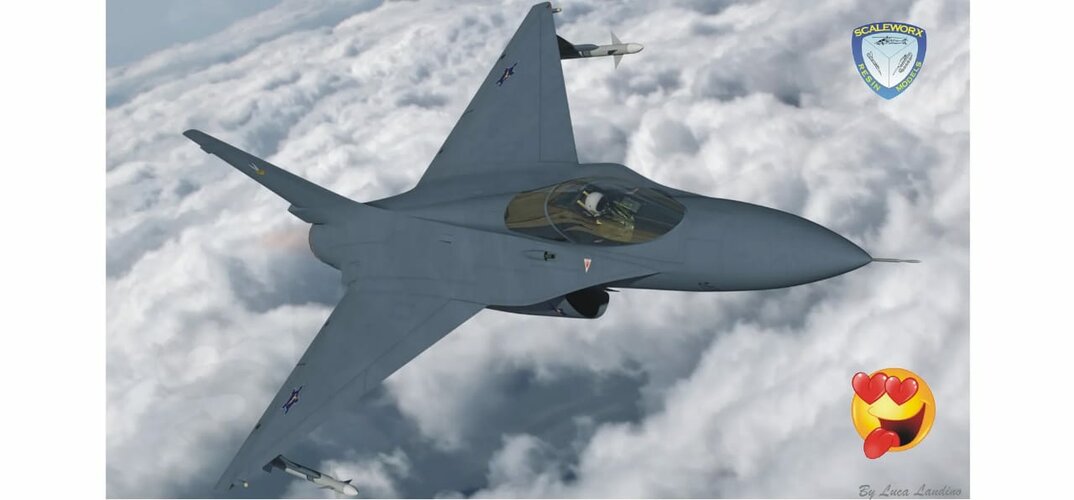Bladerunner
ACCESS: Restricted
- Joined
- 2 January 2022
- Messages
- 29
- Reaction score
- 152
@ Graugrun,
I'm very confused about this sudden introduction of this new "variant" of the design. Pierre is a well connected person with many people that can verify that this is like swinging at a pinata, but you're at the wrong birthday party.
I have met him on a few occasions, hell of a nice guy. Also listened to some of his talks, and he is very knowledgeable and intriguing to listen to.
I can say with certainty that the mock up in the photo is true to the mid-mounted (almost shoulder-mounted) wing and two air intakes on the sides. Development halted on the single engine design after the twin engine designs were pursued, therefore funds and manpower would not have been allocated for further work on the single.
Cheers
I'm very confused about this sudden introduction of this new "variant" of the design. Pierre is a well connected person with many people that can verify that this is like swinging at a pinata, but you're at the wrong birthday party.
I have met him on a few occasions, hell of a nice guy. Also listened to some of his talks, and he is very knowledgeable and intriguing to listen to.
I can say with certainty that the mock up in the photo is true to the mid-mounted (almost shoulder-mounted) wing and two air intakes on the sides. Development halted on the single engine design after the twin engine designs were pursued, therefore funds and manpower would not have been allocated for further work on the single.
Cheers

